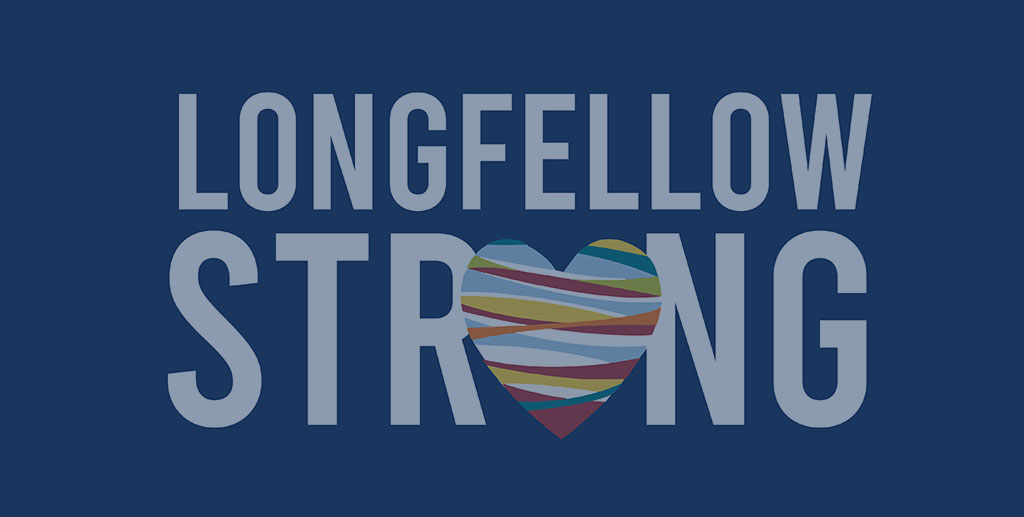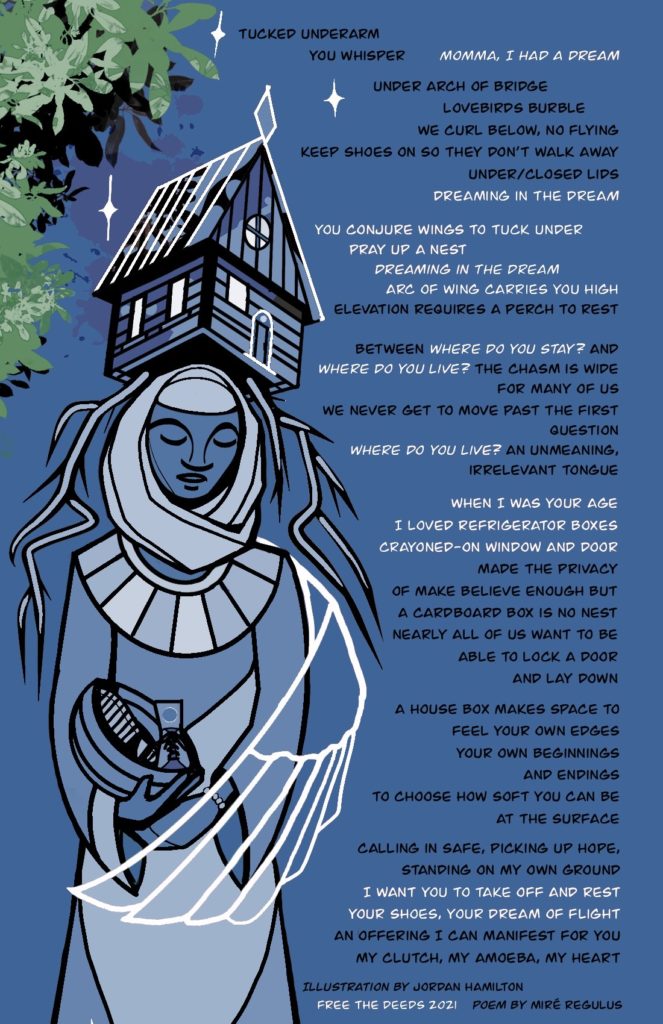Free the Deeds
Free the Deeds is a Minneapolis-wide public art project started in YEAR that aims illuminate our common history and offer a path to repair. LCC began collaborating with Free the Deeds in 2022. With your help we will invite every property in Greater Longfellow that had a racial covenant on it to display a lawn sign in its front yard to inspire learning and conversation. Every resident is also invited to co-create equity by supporting African American Community Land Trust home buyers with down payment assistance funds.




